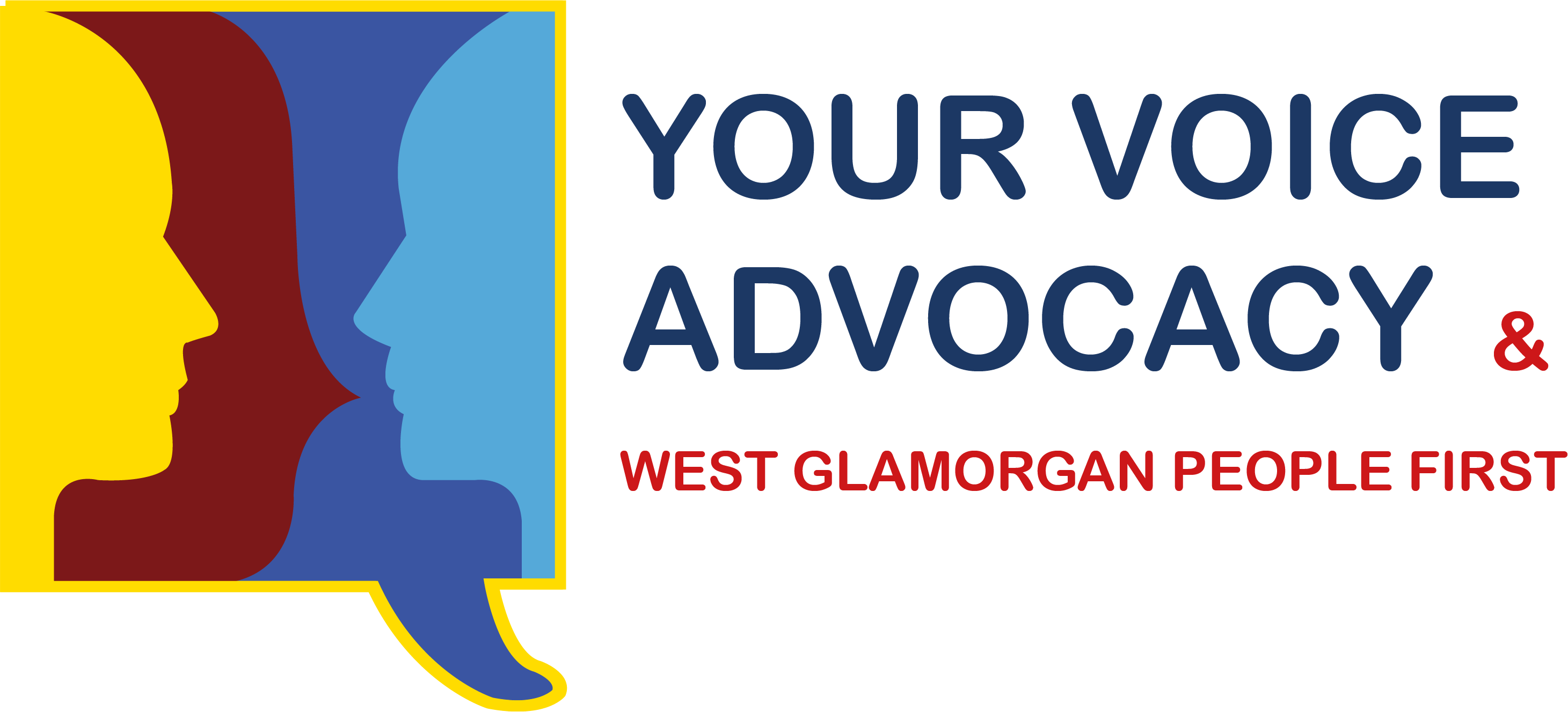Heart Health: An Easy Read Guide
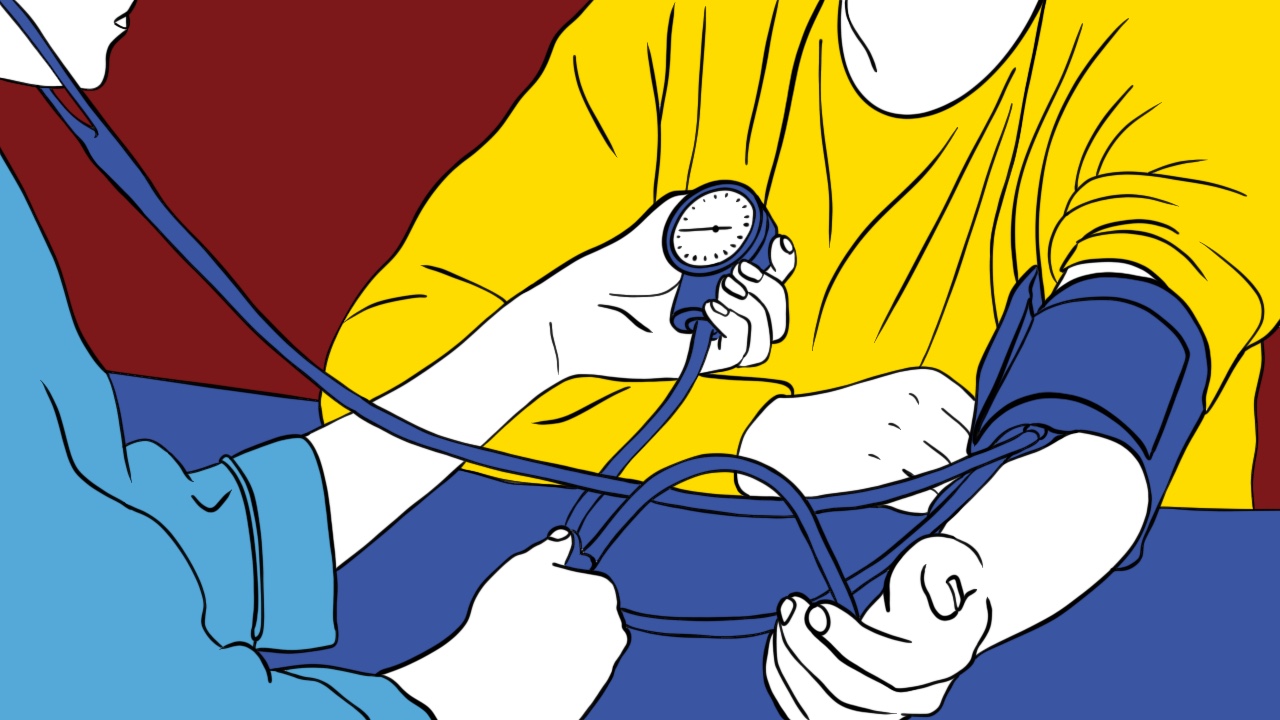
It’s important to look after your heart. We’ve put together this Easy Read guide for Heart Health.
Give up smoking

If you are a smoker, try to quit.
Smoking is one of the main causes of heart disease.

You are more likely to stop smoking for good if you get help.

Get Active

Being active can keep your heart healthy.

Being active can make your mood better.
It can help you feel less stressed.

Being active for 30 minutes every day helps a lot.
Fit it in where you can, like walking to the shops.
Manage your weight

Being overweight can increase your risk of heart disease.
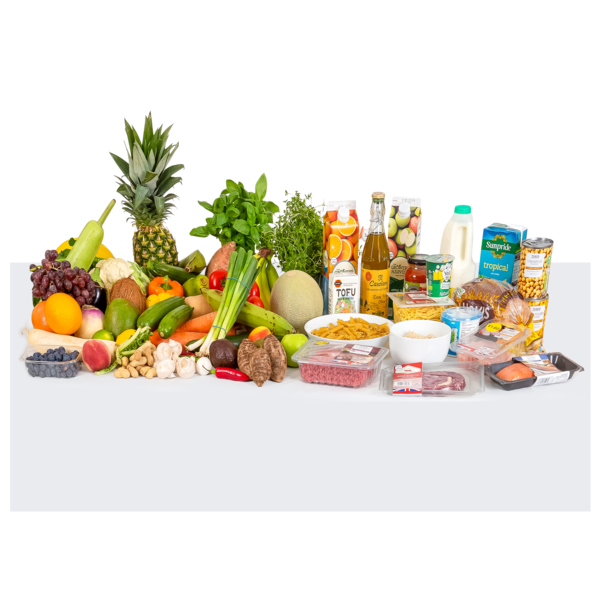
Eat a healthy, balanced diet.
Drink Water.
Eat foods low in fat and sugar, with plenty of fruit and vegetables.
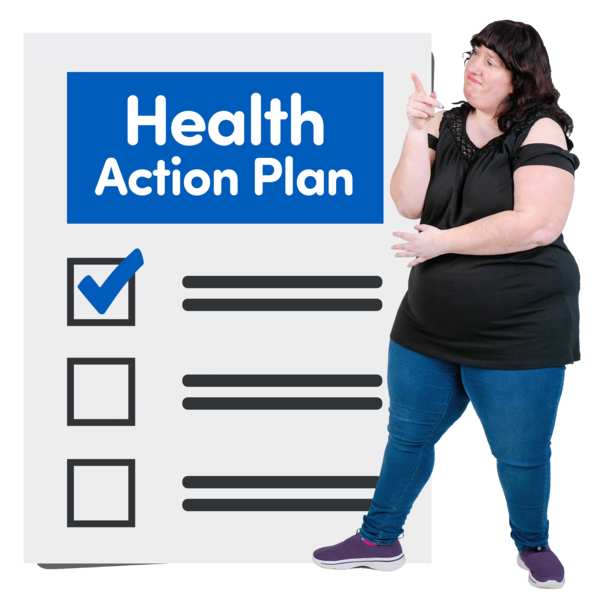
If you want help with weight loss, try the 12-week NHS weight loss plan.
Eat more fibre

Eat plenty of fibre to lower your risk of heart disease.
Aim for at least 30g a day.

Fibre is in lots of food like wholemeal bread, cereal, oats and potatoes with the skins on.
Eat less saturated fat
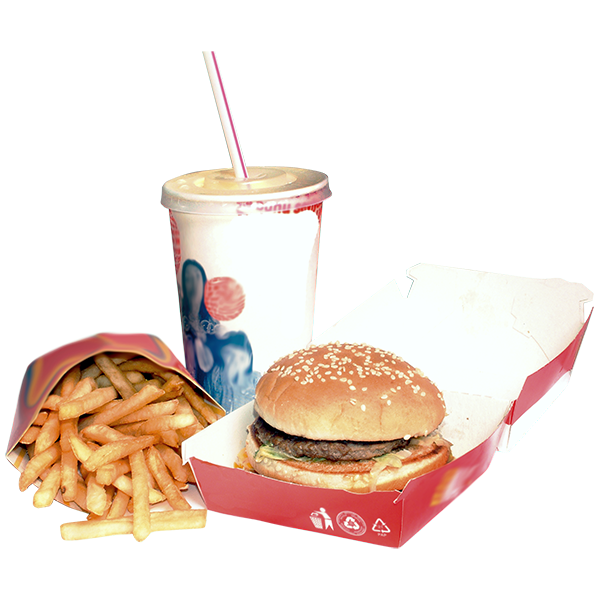
Eating too many fatty foods can increase your risk of heart disease.

Choose meats with less fat, and low fat milks and cheese.
Get your 5 a day

Eat at least 5 portions of different fruit and vegetables a day.
They are a good source of fibre, vitamins and minerals.

There are lots of ways to get your 5 a day!
Try chopped fruit with cereal.

Add vegetables to your pasta or curries.
Cut down on salt
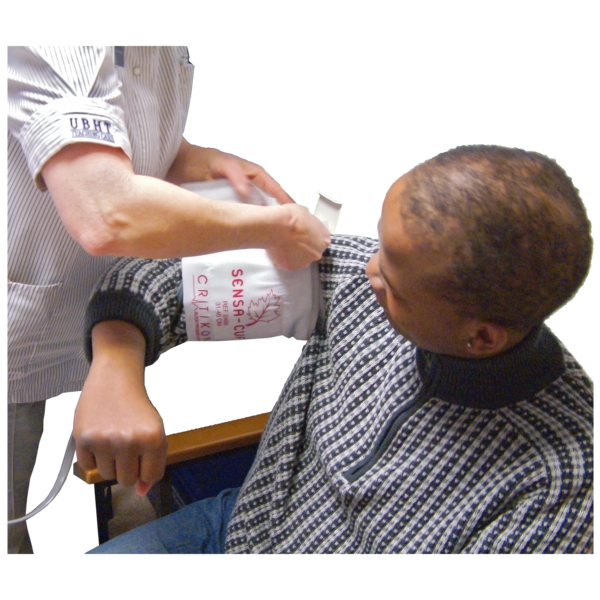
For healthy blood pressure, avoid putting salt on your food.

Watch out for added salt in ready made and fast food.

Adults should eat less than 6g of salt a day.
That is 1 teaspoon a day total.
Eat fish

Eat fish at least twice a week.
At least one portion should be oily fish.

Oily fish like sardines and salmon are a source of omega-3 fats.
They may help protect against heart disease.
Drink less alcohol
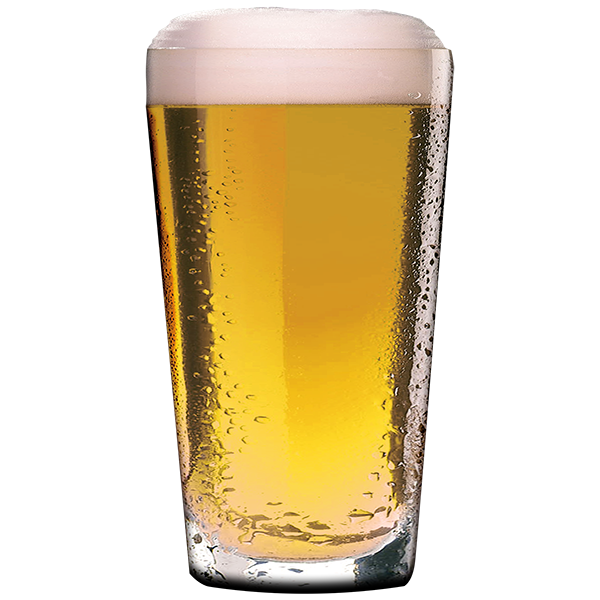
Most alcohols have high calories.
Drinking too often and too much can make you put on weight.

Try not to drink more than 3 units to keep your alcohol intake low risk.
Look at the food label
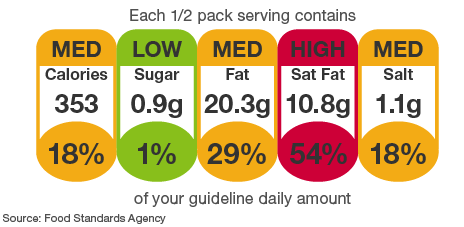
Most food labels in shops use the same colours as traffic lights.
Green is for healthy amounts, orange is in the middle and red is unhealthy.

This lets you see how healthy your food is, so you can make choices.
